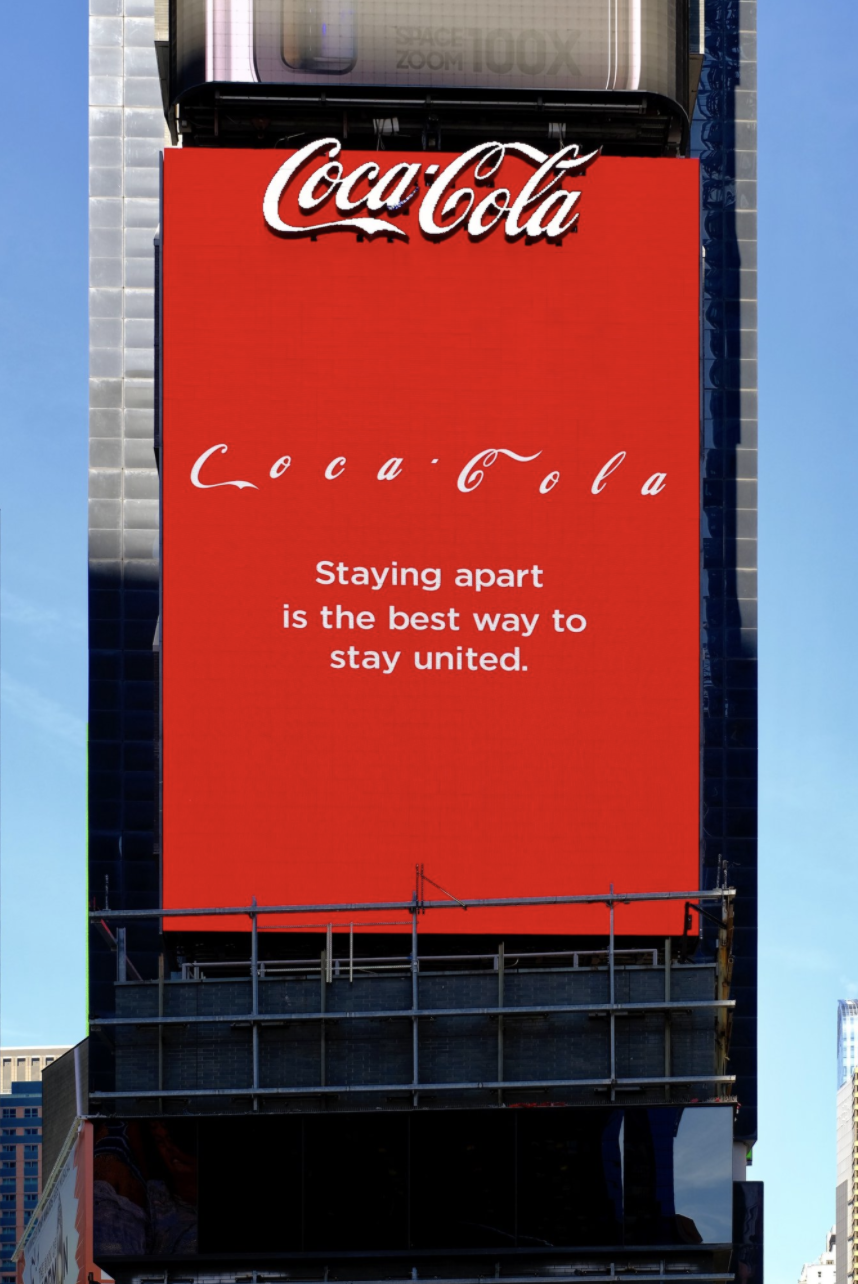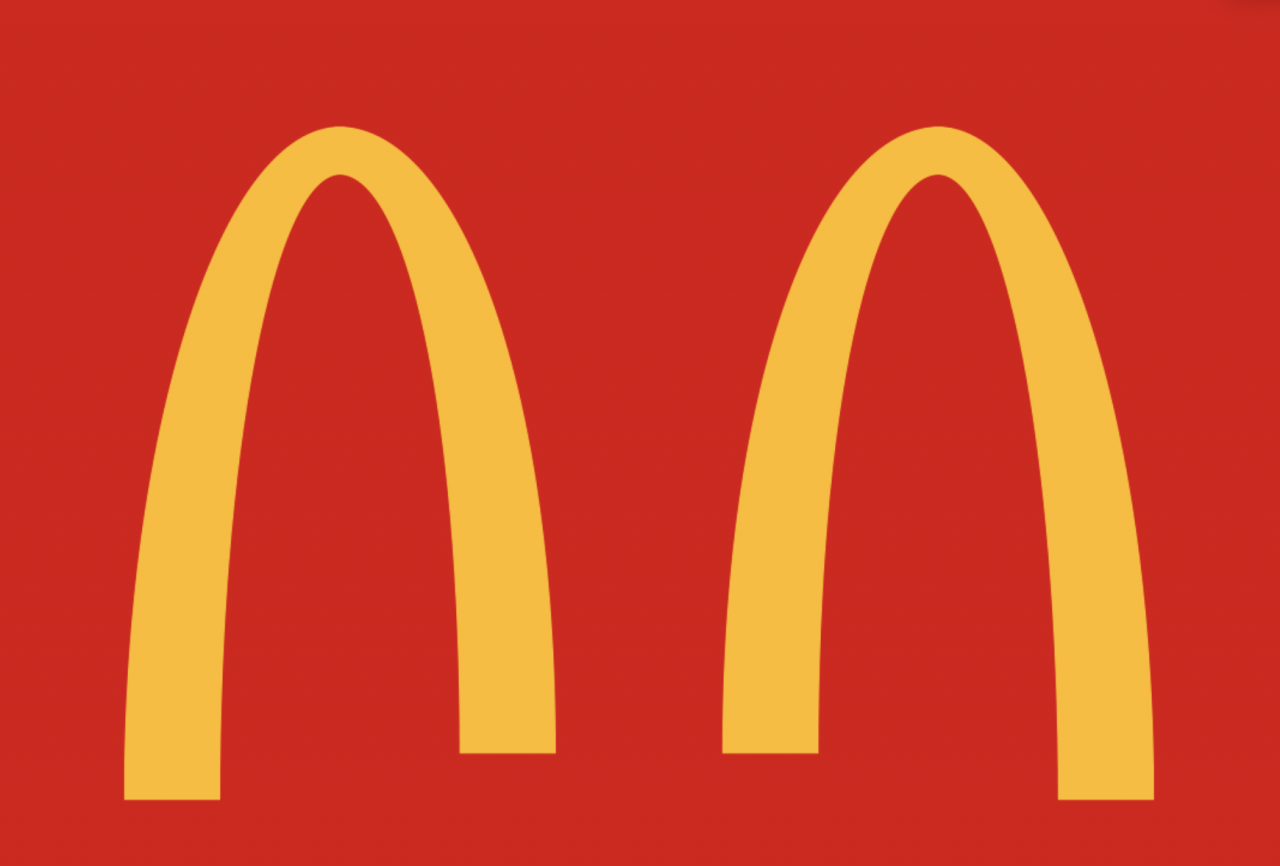With most of the developed world on total lockdown in recent weeks, the global marketplace has undergone some monumental changes. Many people have suddenly been gifted with exorbitant amounts of free time. That – coupled with the nagging pull to check coronavirus updates and stay in touch with friends over the internet – means that users are spending more time online than ever.
Screen-time increases: a double-edged sword
Numerous online publishers have seen a major surge in traffic as they continue to pump out updates about COVID-19 day after day. But that traffic hasn’t necessarily translated to increased ad revenue.
For starters, publishers and the advertisers that power their content are facing challenges attendant to imprecise algorithms in third-party filter technology. These algorithms often end up blacklisting certain ads unnecessarily in COVID-19-related articles. AdAge reports:
Blacklisting is having a material impact on publishers. The New York Times, for instance, forecast to investors that digital ad revenue would decline 10 percent. Business Insider, meanwhile, tells Ad Age that CPMs, or cost per thousand impressions, have fallen 10 percent. And a recent report from cybersecurity company Cheq says $2.8 billion was lost due to “incorrect blocking of safe content on premium news sites” in 2019.
And even if blacklisting isn’t a problem, decreasing CPMS (cost per thousand impressions) are troubling for many publishers and their advertisers. A major publisher in Adweek recently related that while they saw a 25 percent spike in viewership for advertisements, clickthrough rates had decreased by 15 percent:
People are actually reading very long stories and staying on pages for a very long time with anything around coronavirus. But at the same time, our CPMs are 15% lower. … So it drives you insane a little bit.
The virtual evolution

Source: The Drum
But it’s not all bad news out there in the global marketplace. The restrictions on social interaction have sparked countless innovations in the apps and technology geared towards optimizing virtual experience.
The new video call app Around is tailor-made for teams with members working remotely, allowing for multitasking within the app. Designed for laptops? Check. Extraneous noise cancellation to save people from hearing your spouse clanging silverware in the kitchen? Check. Perfect for creating a virtual office environment during lockdown? Big check.
Instagram has introduced a “co-watching” feature, that let’s friends sync the content they view on Instagram in real time. If you’re on a video chat, you can browse through posts that one user has saved or liked, or that Instagram recommends, together.
Stand united, apart
A number of companies have kicked off marketing campaigns urging customers to join their fellow citizens of the world in practicing social distancing. What better way to do that than with compelling visuals?
Coke recently placed a billboard on the Times Square jumbotron which features the Coca-Cola logo – each letter spaced apart. Below is the simple message “Staying apart is the best way to stay united.”
McDonalds in Brazil released a campaign “Separados por un momento” (separated for a moment), featuring a visual with the famous golden arches a space apart.

Source: The Drum
The advent of COVID-19 has ignited transformations in marketing, tech, and the fundamentals of connection. While this unprecedented phase has brought untold challenges, the innovations and outpouring of solidarity from countless sectors of industry are unquestionably reasons for optimism.


